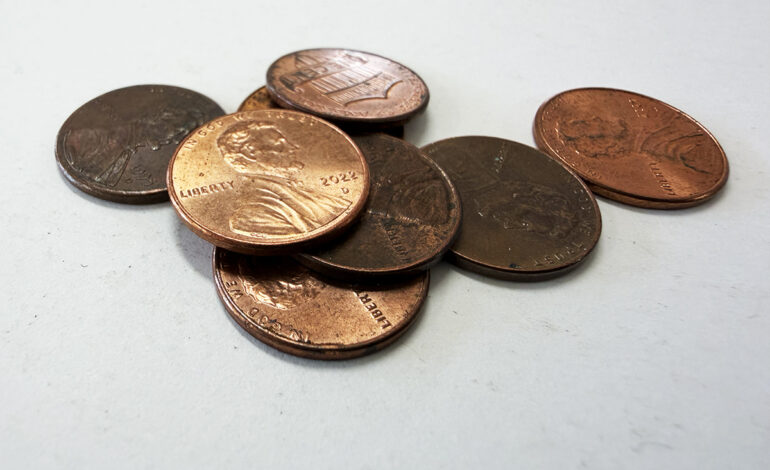U.S. Mint Halts Penny Production Amid Congressional Stalemate

UPDATE: The U.S. Mint has officially ceased production of the penny as of Wednesday, marking a significant shift in U.S. currency policy that faces immediate hurdles. This controversial decision, made without congressional approval, raises urgent questions about the future of cash transactions and the 114 billion pennies already in circulation.
President Donald Trump initiated this unprecedented move, yet he lacked the legal authority to unilaterally end penny production. Experts argue that the responsibility should have rested with Congress, which would have addressed essential logistical challenges—including how to manage existing pennies and potential changes to pricing practices.
The penny, a coin that has been in circulation since 1793, is now officially out of production, but it will still be recognized as legal tender. However, its scarcity is expected to pose new challenges for consumers and retailers alike. Many retailers are already calling for legislation that would allow them to round cash prices to the nearest nickel, a measure that would ease transactions in a penny-less economy.
“This is a long-overdue decision that acknowledges the operational costs of producing a coin that is no longer widely used,” said a spokesperson from the U.S. Mint.
While the Mint continues to produce the nickel—costing about 14 cents to manufacture—the future of cash transactions hangs in the balance. The elimination of the penny is seen by some as a partial concession to inflation, reinforcing the idea that nothing will ever again cost just a penny.
Concerns about the penny’s phase-out have stalled Congressional action in the past, primarily due to lobbying from metal industries that benefit from federal minting contracts. Despite this, Trump’s administration has shown a capacity to influence Republican majorities, suggesting that a more effective legislative approach could have been pursued.
As the nation shifts away from the penny, the sentimental value attached to it raises emotional responses. Many Americans continue to view the penny as a symbol of nostalgia, even as its practical use dwindles. Retailers and consumers alike are now left grappling with what this change means for everyday transactions.
What happens next? Watch for potential Congressional proposals aimed at addressing the implications of a penny-less economy and any legislative efforts to facilitate smoother cash transactions. The absence of the penny may lead to broader discussions on currency reform, signaling a new era in American finance.
As this situation develops, expect further updates on how the cessation of penny production affects consumers, retailers, and the economy at large.






